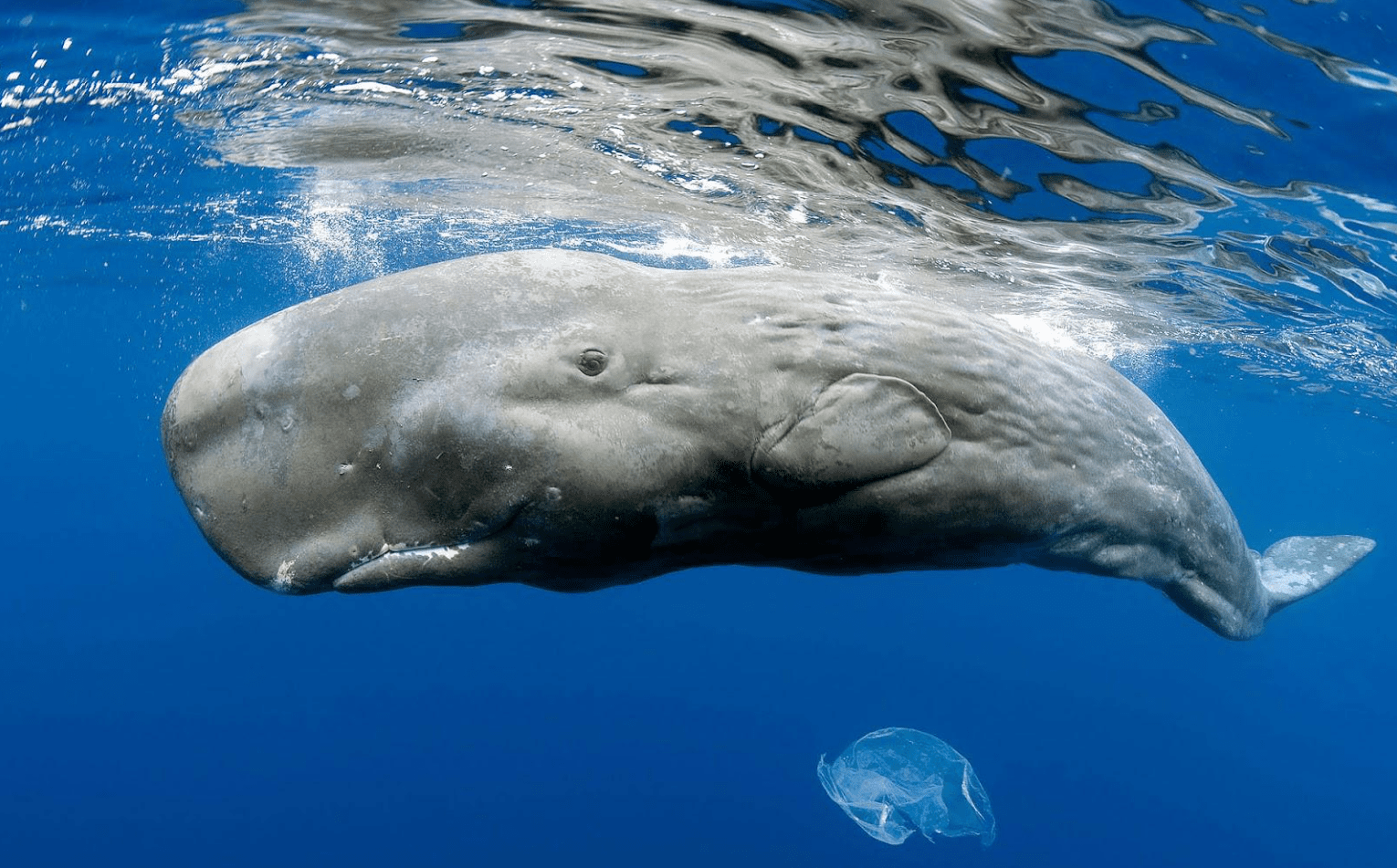

Whale Population Grows Despite Attenborough Climate Scaremongering
Further cutting edge scare mongering was on display in last Sunday’s second episode of Sir David Attenborough’s Frozen Planet II. More and more bowhead whales were said to be falling prey to killer whales, as the warming climate causes the barriers of sea ice to melt earlier in the year. Bowheads can utilise sea ice to evade harm, although the Frozen Planet attack was filmed in summer shallow water as 50 socialising whales gathered to rub their skins on rocks. Killer whale attacks on bowheads are not new, although there have been recent efforts to use the threat to promote climate change alarm. However, the U.S.-based National Ocean and Atmospheric Administration notes that “transient“ killer whales are known to prey on bowheads “and rates have increased every decade”. Better reporting and larger numbers of killer whales, also known as orcas, are among a number of possible reasons cited.
Orcas are one of the top ocean predators and will kill a variety of prey including minke whales in Antarctica. A small number of juvenile bowheads are undoubtedly taken. Other losses also occur with hunting allowed for communities in the Arctic Circle. Meanwhile, a group of ecologists recently reported that bowhead population sizes have increased over the last 30 years over large areas of the Arctic due to improvements in the production of food. As with all life in the Arctic, slightly warmer summers have led to improved food supplies from the bottom to the top of the chain. Another animal to have benefited from this higher abundance is the polar bear, whose numbers are thought to be at a record level around 32,000. Seal numbers in the North Atlantic were recently reported to be increasing.
Recent warming in the Arctic, which has reduced summer sea ice, has also proved helpful to bowheads since they can expand their territory. Bowheads are highly adapted to their environment, and have a pronounced bump on their heads which they use to break ice up to half a metre thick. Thinner summer ice further north means larger areas to feed.
Of course another great contribution to the rise in bowhead numbers is the decision to stop killing them, apart from a number of special Inuit permits. Bowheads were much prized by whalers, and their numbers were thought to have dropped to around 3,000 a century ago. Counting whales is naturally difficult but a recent abundance estimate put numbers in the western Arctic at 12,505 – with a 95% confidence that the total was between 7,994 to 19,560. Bowheads are also found in many other areas of the Arctic.
Last Sunday’s Attenborough programme followed the recent emotional line laid down by Mark Brownlow, his Executive Producer. “We get the audience invested in our characters, which we then use to communicate the message,” explained Brownlow. Cue scary music and strings as a young bowhead is shown isolated by a pack of orcas and for one hour repeatedly battered. Intoned Attenborough: “Then they pushed the youngster down until it finally drowns”. Cue end of music, cue climate change message and cue young children going to bed with tears in their eyes.
Still in the Arctic for episode 2, Attenborough, needless to say, repeated his improbable guess that all the summer sea ice in the Arctic could be gone by 2035. This claim is starting to attract a lot of critical interest on social media and elsewhere following the disclosure last week in the Daily Sceptic that it is the product of a climate model. It appears to have been taken from a paper written in 2020 by a group of academics working at the Met Office’s Hadley Centre. It was said that the model was able to replicate the climate in the last interglacial – not the most difficult task since they presumably knew the answer in the first place – and thus confidently predict that all the summer ice in the Arctic, right the way up to the North Pole, could disappear in about 12 years.
As we have also reported, the guess is looking more improbable by the year since Arctic summer sea ice has started to make a small recovery. The National Snow and Ice Data Center noted that last month, “sea ice extent is likely to remain higher than in recent years”. According to this source, the average sea ice extent ranked 13th lowest in the recent satellite record. Meanwhile, according to the EU weather service Copernicus, the overall annual coverage of sea ice was very close to the 1991-2020 average.
For years, alarmists have been making ludicrous claims of climate tipping points and breakdown. Even single examples of natural predation are rustled up to push the emotional buttons. The messaging of course is designed to help impose a command-and-control Net Zero political objective. Science has been corralled and politicised in order to strengthen the message. The ridiculous notion that the science is ‘settled’ has been allowed to stand. With the stakes rising daily as the disaster of Net Zero looms, how long can they get away with it?
Chris Morrison is the Daily Sceptic’s Environment Editor.







